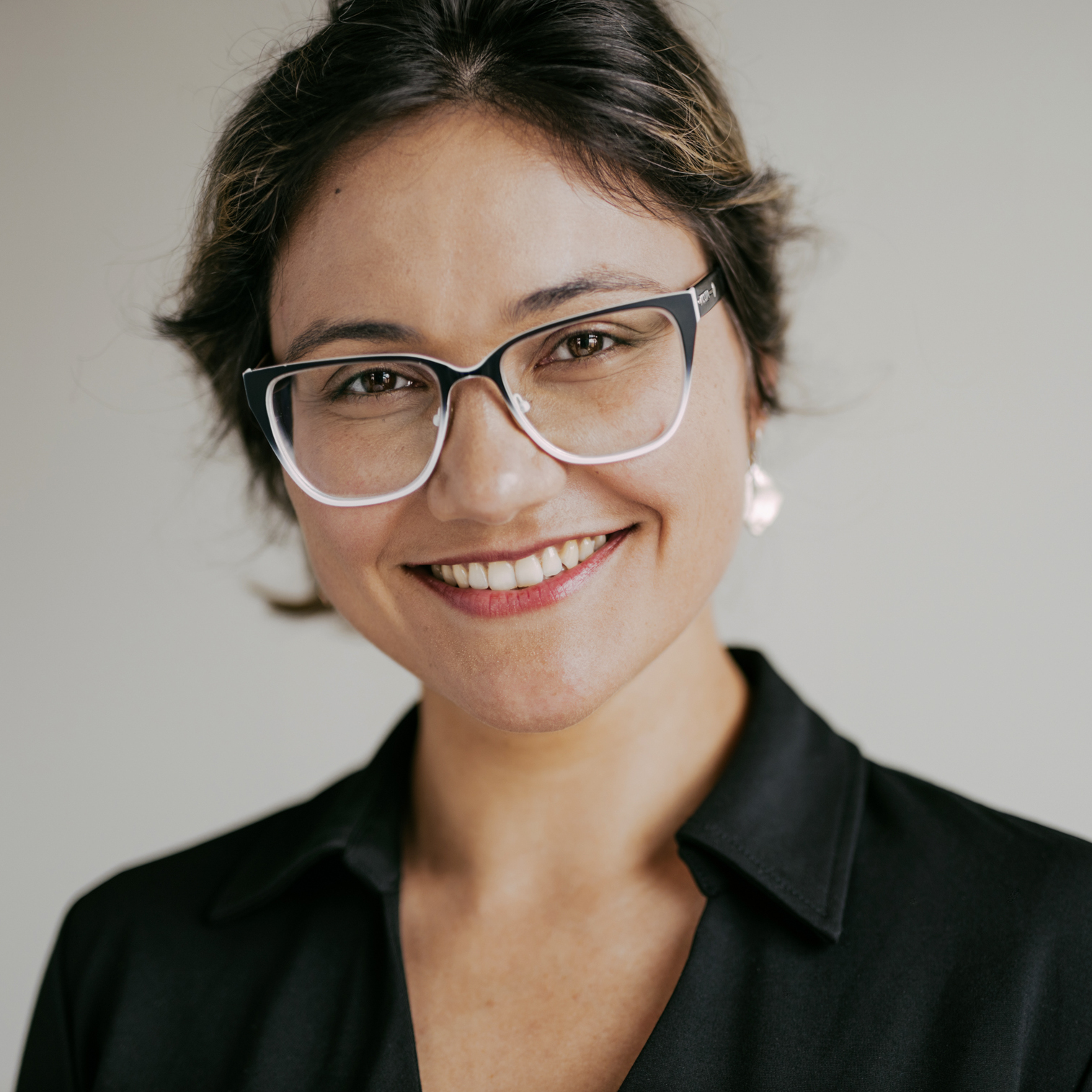NLRP3 cages revealed by full-length mouse NLRP3 structure control pathway activation.
Andreeva L., David L., Rawson S., Shen C., Pasricha T., Pelegrin P., and Wu H. (2021). Cell. 184(26):6299-6312.e6222. doi: 10.1016/j.cell.2021.11.011
Phase separation drives RNA virus-induced activation of the NLRP6 inflammasome.
Shen C., Li R., Negro R., Cheng J., Vora S. M., Fu T.-M., Wang A., He K., Andreeva L., Gao P., Tian Z., Flavell R. A., Zhu S., and Wu H. (2021). Cell. 184(23):5759-5774.e20. doi: 10.1016/j.cell.2021.09.032
BTK operates a phospho-tyrosine switch to regulate NLRP3 inflammasome activity.
Bittner Z.A., Liu X., Mateo Tortola M., Tapia-Abellán A., Shankar S., Andreeva L., Mangan M., Spalinger M., Kalbacher H., Düwell P., Lovotti M., Bosch K., Dickhöfer S., Marcu A., Stevanović S., Herster F., Cardona Gloria Y., Chang T.H., Bork F., Greve C.L., Löffler M.W., Wolz O.O., Schilling N.A., Kümmerle-Deschner J.B., Wagner S., Delor A., Grimbacher B., Hantschel O., Scharl M., Wu H., Latz E., and Weber A.N.R. (2021) J. Exp. Med. 218(11):e20201656. doi: 10.1084/jem.20201656
STING condensates on ER limit IFN response.
Andreeva L. and Wu H. (2021). Nat. Cell Biol. 23(4):299-300. doi: 10.1038/s41556-021-00662-5
The cytosolic DNA sensor cGAS recognizes neutrophil extracellular traps.
Apel F., Andreeva L., Knackstedt L.S., Streeck R., Frese C.K., Goosmann C., Hopfner K.-P., and Zychlinsky A. (2021). Sci. Signal. 4(673):eaax7942. doi: 10.1126/scisignal.aax7942
Structural mechanism for NEK7-licensed activation of NLRP3 inflammasome.
Sharif H., Wang L., Wang W. L., Magupalli V. G., Andreeva L., Qiao Q., Hauenstein A. V., Wu Z., Núñez G., Mao Y., and Wu H. (2019). Nature 570(7761): 338-343. doi: 10.1038/s41586-019-1295-z
cGAS senses long and HMGB/TFAM bound U-turn DNA by forming protein-DNA ladders.
Andreeva L., Hiller B., Kostrewa D., Lässig C., de Oliveira Mann C.C., Drexler D.J., Maiser A., Gaidt M., Leonhardt H., Hornung V., and Hopfner K.-P. (2017) Nature 549(7672): 394-398. doi: 10.1038/nature23890
Sequence-specific activation of the DNA sensor cGAS by Y-form DaTNA structures as found in primary HIV-1 cDNA.
Herzner A.M., Hagmann C.A., Goldeck M., Wolter S., Kübler K., Wittmann S., Gramberg T., Andreeva L., Hopfner K.-P., Mertens C., Zillinger T., Jin T., Xiao T.S., Bartok E., Coch C., Ackermann D., Hornung V., Ludwig J., Barchet W., Hartmann G., and Schlee M. (2015) Nat. Immunol. 16(10):1025-33. doi: 10.1038/ni.3267
Cytosolic RNA:DNA hybrids activate the cGAS–STING axis.
Mankan A.K., Schmidt T., Chauhan D., Goldeck M., Höning K., Gaidt M., Kubarenko A.V., Andreeva L., Hopfner K.-P., and Hornung V. (2014) EMBO J. 33(24):2937-46. doi: 10.15252/embj.201488726

